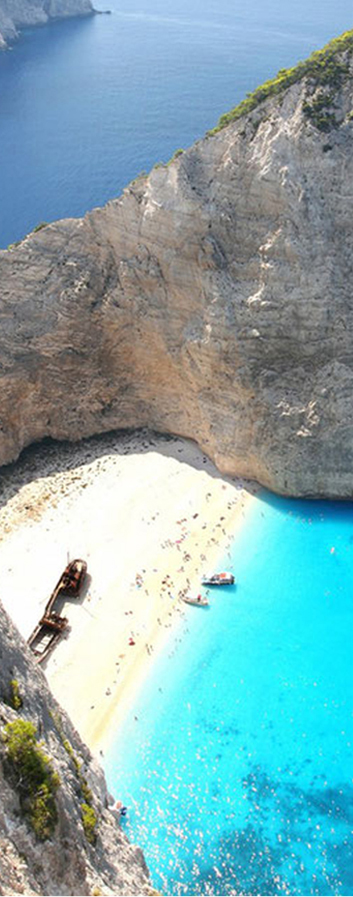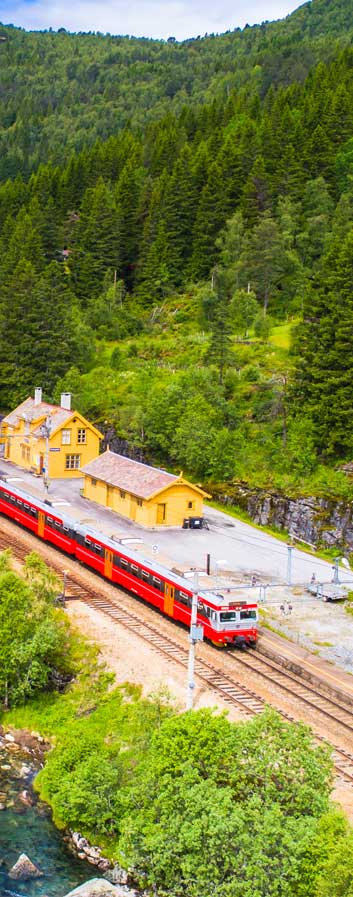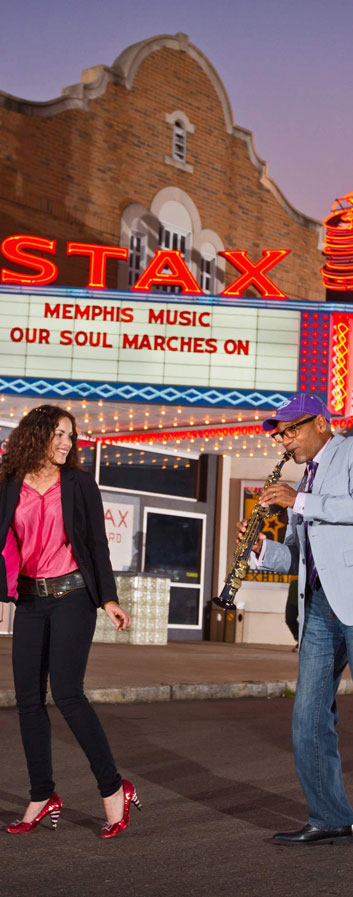Bastakia Quarter
Many people who go on holiday to Dubai will never know that there is a historic quarter of the city that has not fallen prey to the developers who have knocked down most of the city to make way for the ultra modern hotels and world class malls.
In fact, the one remaining historic district in Dubai almost did come under the demolition ball of eager modernisers, but thankfully, survived. The Bastakia Quarter is today the only place that those on holiday in Dubai can go to experience what Dubai was like before the ferocious march of development began.
The Bastakia quarter may be tiny, but it is probably the most engaging neighbourhood for tourists on a Dubai holiday to visit. The are was established by wealthy textile and pearl traders from Bastak, Iran and its labyrinth of narrow lanes lined with the restored houses of the merchants who once lived there is more reminiscent of old Damascus than the modern cities of the Arabian Gulf.
If you want a break from the elaborate five star hotel breakfasts laid on for Brits on holiday in Dubai, then head to the Bastakia Quarter early and enjoy a cultural breakfast with local Emaratis at the Sheikh Mohamed Centre for Cultural Understanding. From there you can head to the roof tops where you will witness traditional forms of air conditioning constructed to funnel cool air in the houses of those that lived there.
The Bastiakia Quarter also offers tourists on holiday in Dubai to enjoy cultural food for lunch or dinner. The Bastakia Nights restaurant is housed in one of the beautiful courtyard houses where staff will pleased to show off the traditionally decorated rooms and fine views of the Dubai Creek. Walking during holidays in Dubai is generally limited to strolling around the mall, so why not enjoy a more cultural walking experience in Bastakia. As you stroll the streets, pay attention to the grand gypsum, coral, and limestone buildings and in particular the carved wooden doors with their brass knockers and intricate patterned decorative grilles.


































